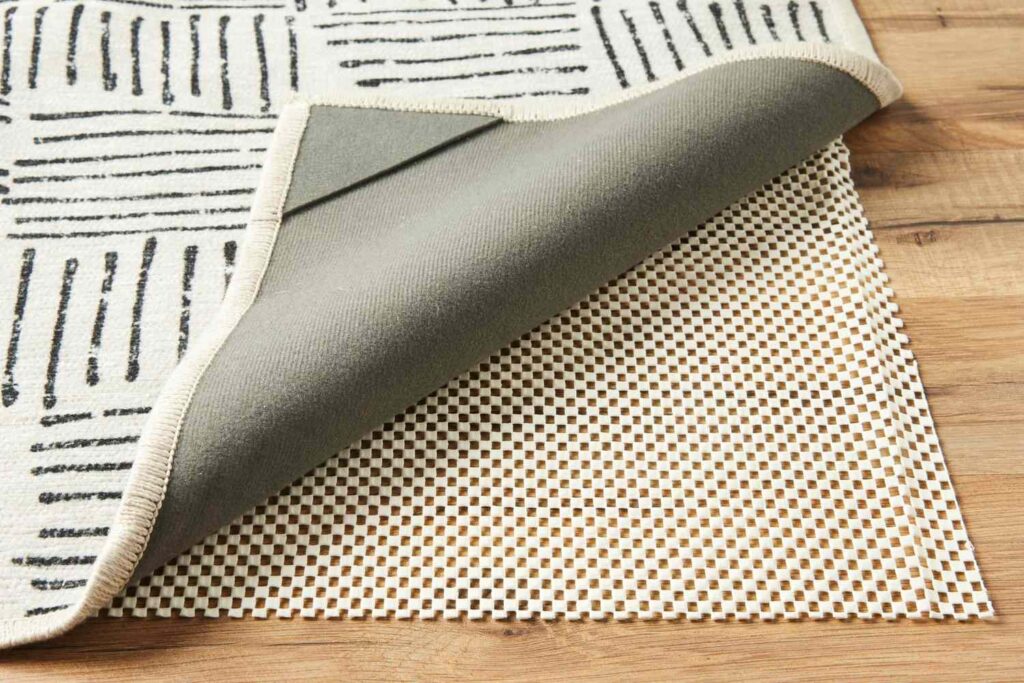
Mastering the Art of Rug Stability: How to Keep a Rug from Moving on Carpet
Introduction
Rugs are an essential element in interior design, adding warmth, color, and texture to a room. However, one common frustration that many homeowners face is the constant shifting of rugs on carpeted floors. A rug that refuses to stay in place not only detracts from the aesthetic appeal but also poses a tripping hazard. In this comprehensive guide, we will explore various strategies and solutions on how to keep a rug from moving on carpet, ensuring a stable and stylish foundation for your living spaces.
Understanding the Challenge
Carpeted floors present a unique set of challenges when it comes to keeping rugs in place. Unlike hard flooring surfaces, carpets have a certain level of plushness and flexibility, making it easier for rugs to shift and slide. However, with the right techniques and tools, you can conquer this issue and enjoy the benefits of a well-anchored rug.
1: Choosing the Right Rug and Carpet Combination
1.1 Selecting the Appropriate Rug Pad
Investing in a high-quality rug pad is the first step in preventing rug movement on carpet. Opt for rug pads specifically designed for use on carpets, as they often feature materials that provide better grip. Look for non-slip or rubberized pads that create a secure barrier between the rug and the carpet.
1.2 Size Matters: Matching Rug and Carpet Dimensions
Ensure that your rug is appropriately sized in relation to the carpet. A rug that is too small for the space may have more room to shift around. Ideally, your rug should be large enough to fit under the main furniture pieces in the room, creating a cohesive and anchored look.
2: DIY Solutions for Rug Stability
2.1 Velcro or Carpet Tape
Using velcro or carpet tape is a practical and cost-effective solution to keep a rug in place. Apply strips of velcro or carpet tape to the underside of the rug and press it firmly onto the carpet. This provides an extra layer of adhesion, preventing unwanted movement.
2.2 Double-Sided Tape
Double-sided carpet tape is another effective option. Place the tape along the edges and corners of the rug, ensuring a secure bond with the carpet. Be cautious with this method on delicate or antique rugs, as the adhesive may damage certain materials.
2.3 Silicone Caulk
For a discreet and non-permanent solution, apply lines of clear silicone caulk on the underside of the rug. Allow it to dry completely before placing the rug back on the carpet. This method offers grip without leaving a visible residue.
3: Maintenance and Additional Tips
3.1 Regular Cleaning
Dirt and debris can accumulate under the rug, reducing its grip on the carpet. Regular vacuuming and cleaning of both the rug and carpet will help maintain a secure connection between the two.
3.2 Check and Adjust Periodically
Over time, rugs may still shift slightly due to foot traffic and other factors. Periodically check the rug’s position and readjust as needed to ensure it stays securely in place.
3.3 Use Furniture Weight
Strategically placing furniture on the edges of the rug can act as a natural anchor, preventing the rug from sliding. Ensure that the furniture legs are on the rug to maximize its stabilizing effect.
Frequently Asked Questions (FAQs)
1: Can I use any type of rug pad on carpet?
It’s recommended to use rug pads specifically designed for carpeted floors. Look for non-slip or rubberized pads that provide better grip and won’t damage the carpet fibers.
2: Will rug tape damage my carpet?
Most rug tapes are designed to be safe for carpets, but it’s essential to follow the manufacturer’s instructions. Test a small, inconspicuous area first to ensure compatibility.
3: Can I use Velcro on all types of rugs?
Velcro is suitable for many types of rugs, but it may not be ideal for delicate or antique rugs. Always consider the material and construction of the rug before using adhesives.
4: How often should I clean under the rug?
Regular cleaning is crucial to maintaining a secure grip. Aim to vacuum both the rug and the carpet underneath at least once a week, or more frequently in high-traffic areas.
5: Can I use silicone caulk on all rug materials?
Silicone caulk is suitable for many rug materials, but always test it on a small, inconspicuous area first to ensure it won’t cause discoloration or damage.
6: Will furniture weight alone keep the rug in place?
While furniture weight can help anchor the rug, it’s advisable to use additional methods, such as rug pads or adhesives, for optimal stability.
7: Can I use rug pads with any type of carpet?
Yes, rug pads are generally safe for use with various carpet types. However, choose a pad designed for carpeted floors to ensure compatibility.
8: Are there specific rug sizes that work best for stability?
Opt for a rug that is appropriately sized for the space, ensuring it fits under the main furniture pieces. This helps create a stable foundation and prevents excessive movement.
9: Can I use double-sided tape on all rugs?
Double-sided tape is suitable for many rugs but exercise caution with delicate or antique rugs. Always test a small area first to avoid any damage.
10: How long do DIY solutions typically last?
The durability of DIY solutions depends on factors such as foot traffic and the quality of materials used. Periodically check and readjust as needed to maintain optimal rug stability.
Conclusion
With the right approach, keeping a rug from moving on carpet is a manageable task. Whether you opt for rug pads, adhesives, or a combination of solutions, a stable and well-positioned rug enhances the overall look and safety of your living spaces. Experiment with different methods to find the one that best suits your rug and carpet combination, ensuring a harmonious and secure foundation for your interior design endeavors.
